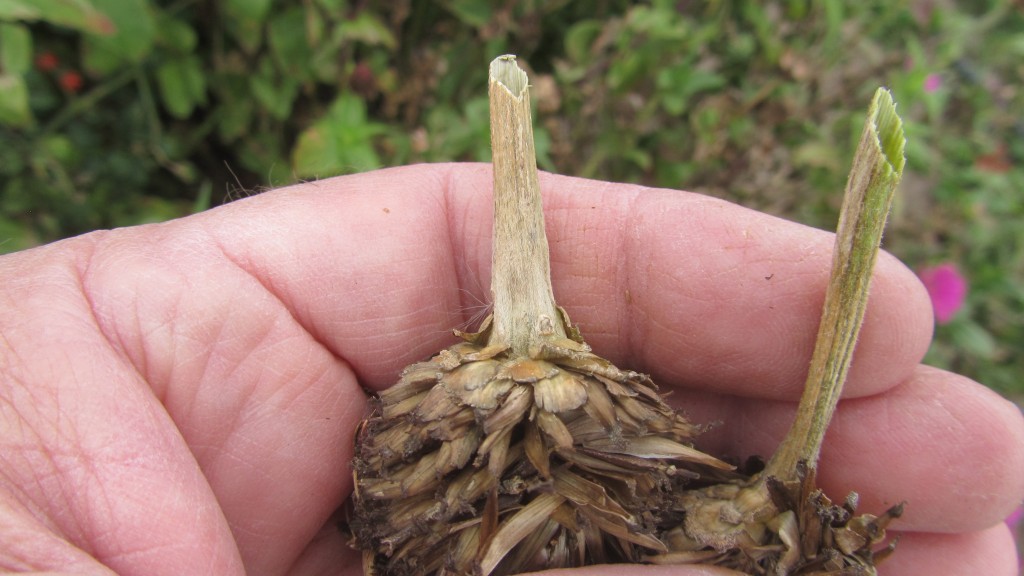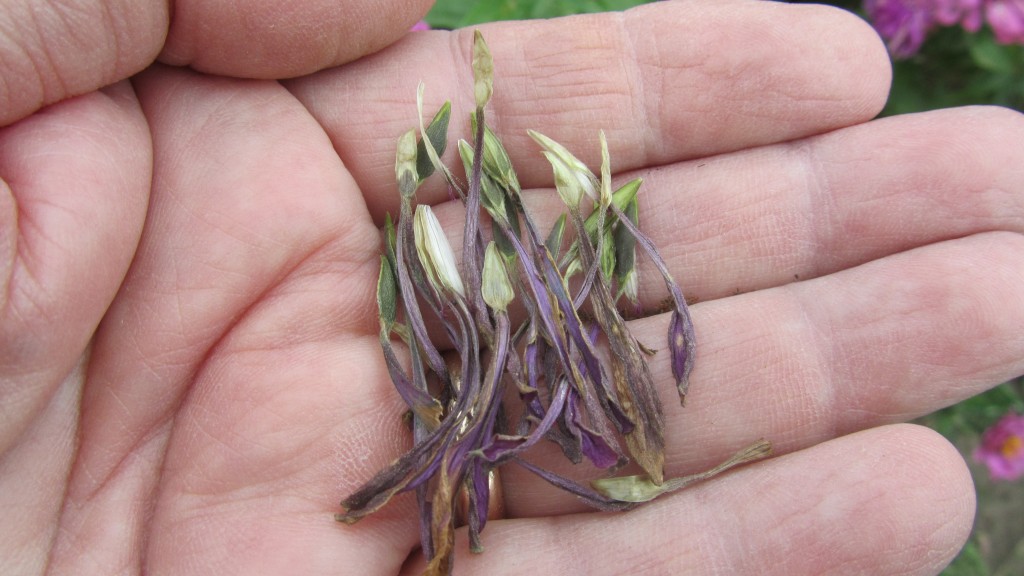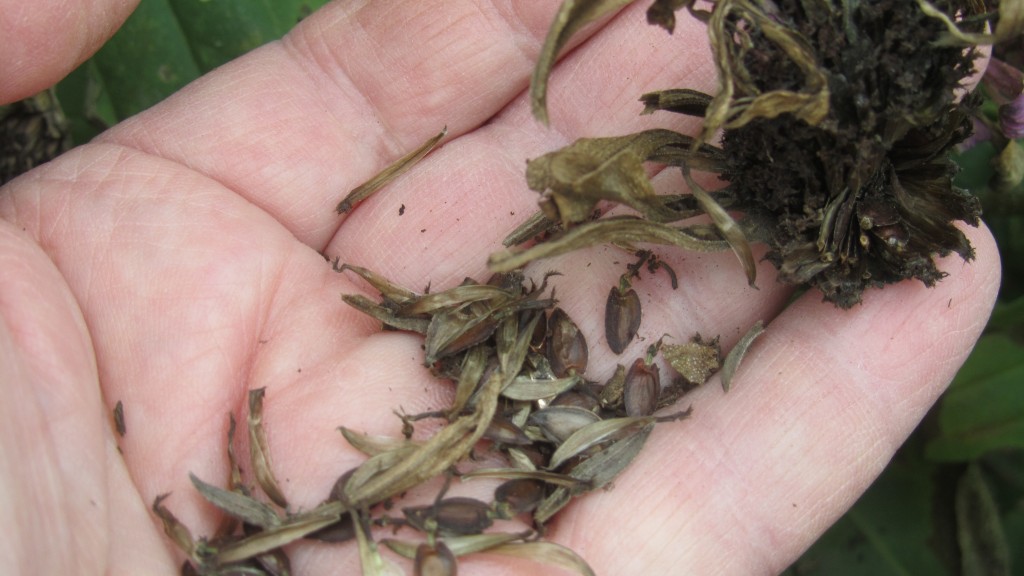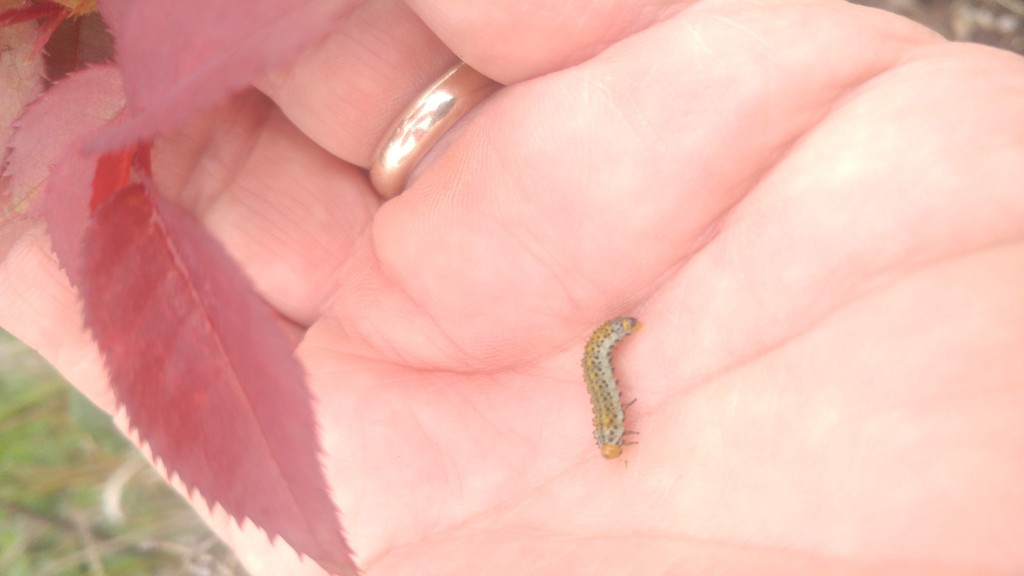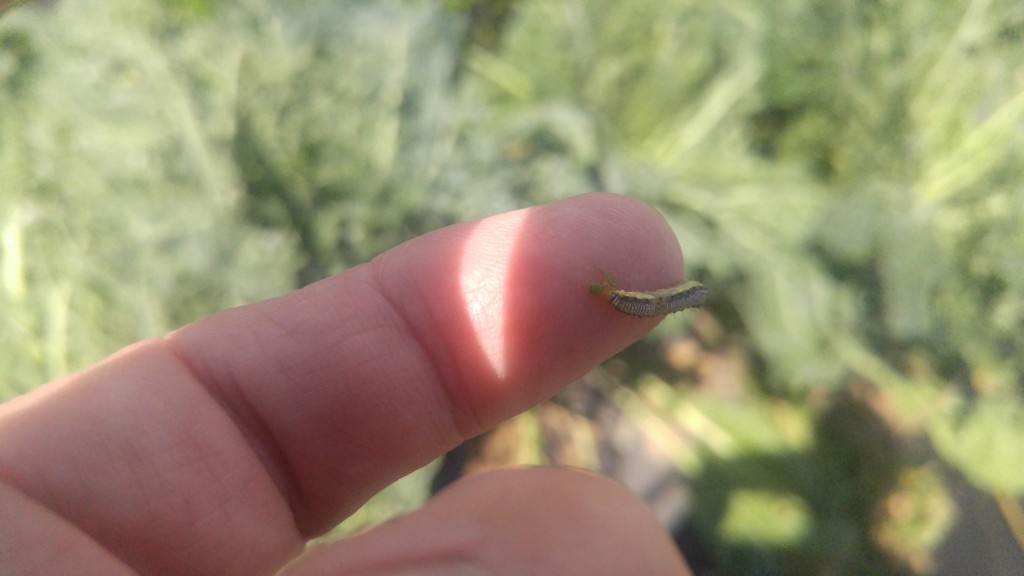This gardening season, I adopted another unique heirloom seed to try to save from extinction. Currently, I’m saving four dry bean varieties that are not available commercially plus my own heirloom variety of tomato.
Now I’m adding the first flower to my growing collection of heirlooms, a variety of zinnia. It was given to me by a gardener who I lost contact with. She never said what the variety name was; only that she had been saving them for many years. I believe she is no longer able to garden so it’s now up to me to keep the strain going.
This variety has all pink flowers and is not a mix of colors. It probably started out that way a long time ago.
The plants eventually grew to nearly four feet tall despite the fact that I sowed the seeds very thickly. I didn’t know what the germination rate would be but as it turned out, just about every seed germinated. I transplanted a lot of them into new rows. I eventually gave up on trying spacing them out since there were so many plants that I ran out of room. The remaining ones grew up to form a dense stand, almost like a hedge.
Like other zinnias, they responded well to cutting, the more I cut, the more flowers grew to take their place.
I plan to keep the strain going and eventually give away seeds to other gardeners.
Bob

